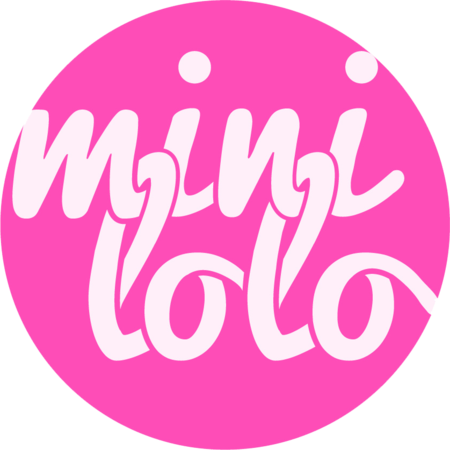The Chilling Truth About Plastics in Baby Toys
If you are a new parent, you know deep inside that your baby is the best thing that has ever happened to you. You want what's best for your child and are willing to spend countless hours learning from the experts the right ways to give Bub a healthy start in life.
But your research might not alert you of the deceptive dangers Bub is exposed to during playtime.

Walk through the aisles of any toy store and you will be faced with an overwhelming conglomeration of colors and sounds. Kids' toys are designed to attract short attention spans; they are brightly covered, stuffed with voice boxes and built from removable parts. From a distance, these toys seem alluring, but look closer and you'll see they are hiding a sinister reality.They are cheery containers stuffed full of toxic chemicals.
There is shockingly little global regulation on the plastic toy industry, especially for toys made in Asian countries. Chemicals that might have been long banned in the Western world are still used in Chinese factories, and even legal chemicals often haven't been tested thoroughly enough to be deemed truly safe.
There are two main plastics used in baby toys that should be subject to your scrutiny: Polyvinyl chloride (PVC) and bisophenal A (BPA).
PVC: the most commonly-used phthalate, PVC is usually added to plastics to increase their softness and flexibility. Vinyl chloride, the main chemical in PVC, is a carcinogen that PVC-made products can slowly leech it out when they are sucked on.
BPA: typically used to make plastics more durable and shatter-proof, BPA is a known endocrine disruptor that can interfere with the body's hormone system, creating excessive levels of oestrogen. Even exposure to trace amounts of BPA can have negative effects on the physical development of babies and toddlers.
Young children are extremely vulnerable to chemical exposure on their still-developing bodies, and babies are at the greatest risk because the way they learn about their world is by putting things into their mouths.
A Safer Alternative

Before picking toys for your baby, a little research goes a long way. Our favourite material, and the one we use to make all of our Mini Lolo Teething, Bath & Sensory Toys, is 100% natural rubber. It is one of the safest materials in the market because:
- It is BPA free
- Contains no chemical softeners
- Parabens free
- Contains no PVC or Phthalates
Since natural rubber products are made from a single piece, they are extremely hygienic. There are no joins, cracks or holes where dirt and bacteria can accumulate and its non-static properties means they do not attract dust and dirt.
It is also a sustainable raw material that is extracted from the Hevea Brasiliensis tree, grown in Malaysia. Unlike plastic & silicon, natural rubber is bio-degrade and the source and supply of rubber is also renewable through replanting of the rubber trees.
There are other alternatives out there and we would love to hear your thoughts! What other materials do you trust with your baby?
- Lola
About the Author
Lola is a mum of two and owner at Mini Lolo - where she's designed and made the cutest and safest, all natural teething and bath toys.
If you are in the US you can also find Lolo the Dragon on Amazon Prime.
